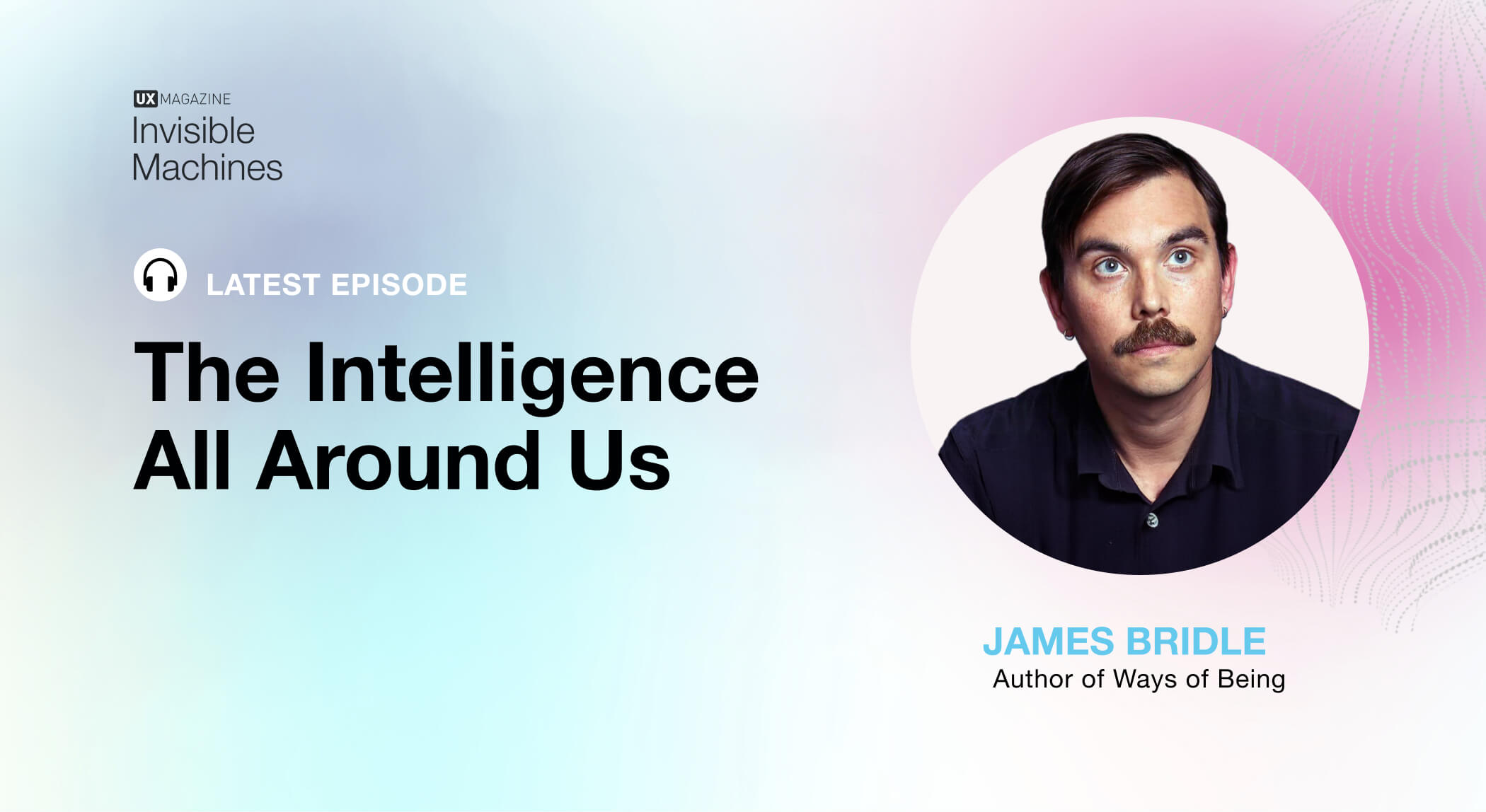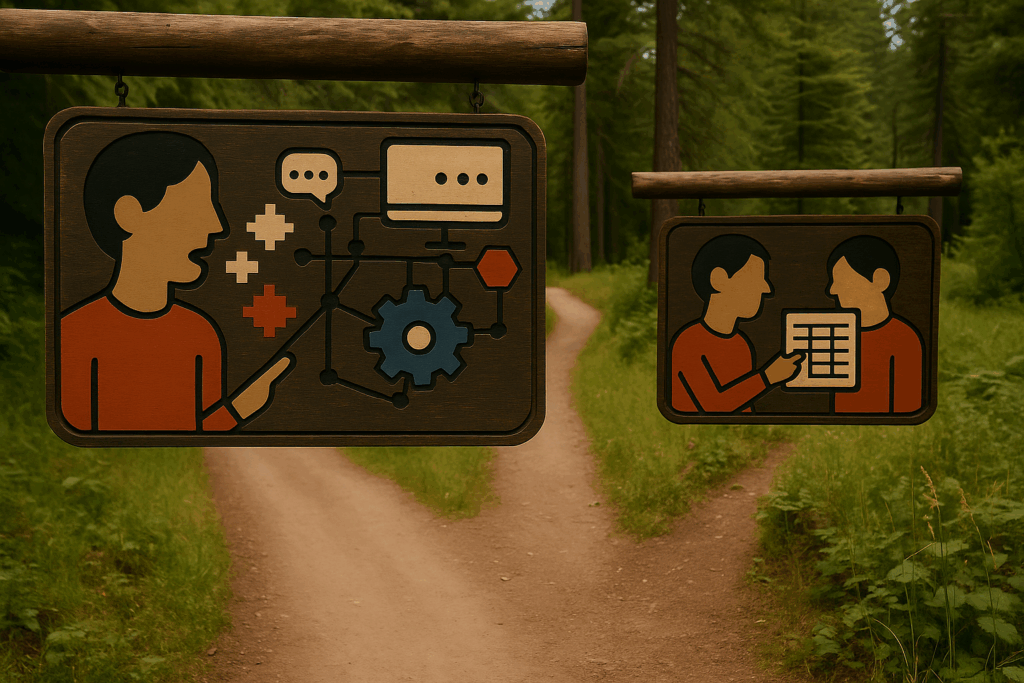Robb and Josh often talk about the different lenses through which you can view artificial intelligence. In this episode, James Bridle, author of Ways of Being, joins them to try on a multitude of perspectives relating to our ongoing relationship with technology. Ways of Being explores the interplay between animals, plants, and machines in the search for a planetary intelligence, and James shares a broad vision of “thinking” systems that draws from biology, physics, and computation.
The trio discusses what we can learn from other intelligences that have been with us all along, even if we’ve failed to recognize or acknowledge them. Animal intelligence, plant intelligence, and other intelligent natural systems demonstrate complexity, agency, and knowledge that might change the way we view ourselves, our technologies, and our societies. This conversation covers everything from plant memory to the enduring relevance of so-called ancient wisdom to the ways that corporations already exhibit the key traits of an AI system.
Tune in to this dynamic discussion.







